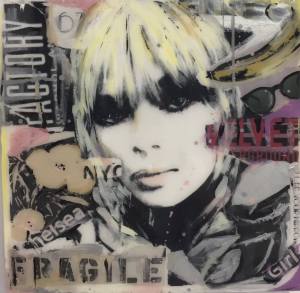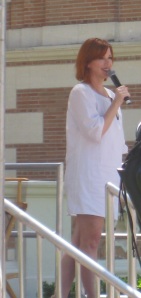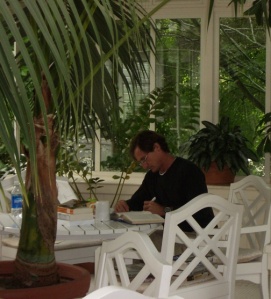
I made a conscious decision to close out this discombobulated, pandemic-stricken and difficult year with the most hilarious, farcical read I could think of: Tom Robbins’ Even Cowgirls Get The Blues. If Sissy and Jellybean, along with Robbins’ wild romp of a voice, can’t get you out of a funk, well, nothing can. It felt like a totally appropriate way to wind down a year that felt at times like a never-ending scene from the heart of Twister.
Which brings us to 2021 — a New Year, a fresh start for many, and hopefully, an open and healthy society for all of us (at least the second half of the year). It’s a time for writers and readers to look ahead to the books or articles they want to write or read, and also to push past anything that might get in the way of fulfilling those goals.
My reading goals for 2021 are pretty simple: besides reading clients’ novels, memoirs, YA, children’s and non-fiction titles that I’m editing, I want to continually expand the breadth of the material I read. Typically, my nightstand carries a combination of memoir, fiction, poetry, music-themed book, travel narrative, and either sports or space. I’ve been cross-reading for many years, and find it one of the best nutrients for feeding the creative mind — and diversifying my writing.
As for writing, my goals are pretty ambitious: first, to finish the two books I am currently co-writing (including Writes of Life II, the sequel to Writes of Life, to be published by Open Books Press in late August-early September. I also plan to finish Open Mic Night at the Next Chance, my novel-in-progress; start a memoir; and perhaps even start another new novel once NaNoWriMo rolls around in November. I always circle those 30 days as prime time for starting a new book, while trying to hit the NaNoWriMo goal of 50,000 words. It’s a great month of intense writing, which is what the most prolific novelists do every day of every week of every year.

What are your writing goals for 2021? Since it looks like we’ll be staying inside for the next few months, let it be an opportunity to write that book you’ve always talked about, finish works in progress, or start something in a new genre for you. Here are a few tips to get off to a flying start, and keep the momentum and consistency going all year long:
• Write down the goals you dream of achieving this year, the goals you’d really like to achieve, and the goals you insist on achieving. Shoot for the stars, but be sure you hit the moon.
• Fill your writing space with things that inspire you: sayings, music, paintings, books, special trinkets — and a fountain or Zen garden.
• Start each writing session with 10 minutes of journaling, at full speed. Don’t worry about punctuation, grammar, run-on or fragmented sentences. Just write. It’s like warming up a car engine in winter. When your 10 minutes is up, switch to your computer (or pad, if you’re a longhander). Presto! No writer’s block. You’ll be ready to go.
• Go into your book session with a plan and outline of some kind — but always be willing to jump from that outline and into wherever your creative mind takes you. Any of those tangents could become crowned jewels of your story.
• Write fluidly and freely, resisting all temptation to edit sentences along the way. You can do that later. Only review sentences to see what comes next.
• The goal of a first draft is simple: To transfer the story from your head to the screen (or paper). Go where your stories and characters take you, especially in first draft. Don’t think anything too ridiculous to write. Again, you can edit it out later. Play in the sandbox, throw that sand around, and delight in the sheer creative dance of writing a free-flowing first draft.
• Don’t write until you’re exhausted. Like learning to run, or meditate, if you write to exhaustion out of the gate, you’re likely never to finish. It will feel too hard. Write until you feel like your creativity is waning.
• Finish HOT. Try to stop your writing session in the middle of a particularly juicy paragraph (or at least write the topic sentence). Save it for tomorrow. This does two things: 1) Keeps your brain wound up and thinking through the story; and 2) Ensures you’ll dive right in and kick writer’s block to the curb.
• Be sure to read plentifully when writing, preferably in a genre or subject matter other than what you’re writing (unless doing research). Keep the channel of your subject open for your writing expression.
• Take care of yourself. Walk, run, practice yoga, eat nutritiously, spend time in nature and open space. Keep feeding your mind and inspiration.
Good luck in 2021! Please let us know how you’re doing by leaving a comment — and Happy New Year to everyone from the crew at Word Journeys Literary Services!





















